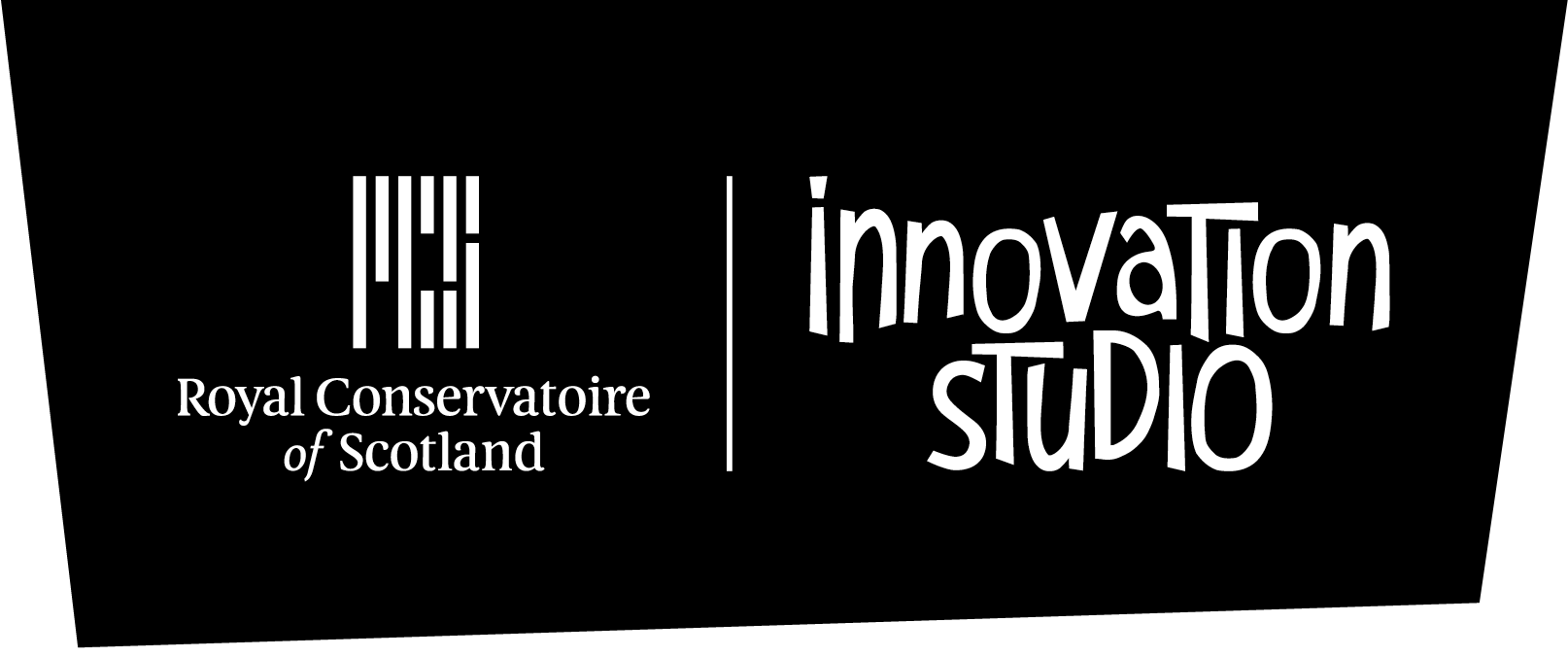At a Glance
Aiming to bring artistic and scientific communities together in new collaborative ways, Yas Mawer and Holly Worton teamed up with the Marine Conservation Society to create the performance film Blue.
The project was funded through Innovation Studio’s Civic Fund, a scheme designed for RCS students, staff or alumni to co-create a project with local charities or social enterprises from beyond the creative arts. Encouraging teams to work side by side, the fund fostered innovative forms of exchange with meaningful results and impact.
Originally intended as a site-specific live performance, the project focused on harmful activities that threaten coastal and marine environments, as well as solutions to restore, rewild, and recover these habitats. Filming was preceded by extensive research, including several environmental reports, and a beach clean and creative arts workshop co-hosted with the MCS, where volunteers collected 13kg of waste.
The Creative Exploration
The project started out as conversations between Yas and Holly during the summer of 2022. It was a nice summer, and they visited the beach often, where they couldn’t help but notice the amount of rubbish.
The “Blue carbon: Ocean-based solutions to fight the climate crisis” report, released by the Marine Conservation Society and Rewilding Britain the previous year, became an ongoing point of discussion at these outings.
Overwhelmed by the serenity and power of the sea, the artists started wondering why anyone would harm such a beautiful thing. They decided to collaborate with the MCS, bringing a scientific perspective into their work as artists and vice versa.
Together, they hosted the ‘Creative Arts Beach Clean’ at Irvine Beach, combining proactive environmentalism with art-based experimentation. Yas and Holly introduced creative writing, visual arts, poetry, and creative reflection activities, making it a very different type of event from what MCS usually puts on. The group of volunteers collected 13kg of waste, an average of 424 items per 100 metres. 82% of items were plastic, 38% came from a public source, and 3.8% were sanitary waste products flushed through the sewage system.
A few people at the event had never been to a beach clean and were attracted to the art side of it all. Others had never tried anything artistic before but were involved with environmental activism. This brought together two different worlds of people with one shared goal: to make a change.
The footage from the beach clean later became an important integration into the film. The project was initially intended to be a live performance, but Yas and Holly quickly switched to film due to accessibility concerns. When speaking with their contact at the MCS, they realised just how important awareness and outreach were. The reach of a live performance on a small beach out of the way of the city centre would be too small.
The pair also felt that their process in the water would translate better over film. They could do more with different camera angles, natural light, and different ways of manipulating the camera to show different qualities. Rather than the audience standing on the shoreline looking out to the ocean, with a camera, they could take the audience underwater with them.
However, underwater filming was also one of the biggest challenges. Since the artists couldn’t see what we were filming as we were filming it, their process involved a lot of trial and error. The exploratory nature of this method allowed them to produce surprising footage, inviting uncertainty into the work. Responding to the ever-changing site as it was being shaped by nature also meant that no two takes were ever the same.
Another major collaboration for this project was with the drone artist, who brought another skill set into the filmmaking process. The way the drone moved worked really well with Yas and Holly's ideas of ebbs and flows and significantly enhanced the film. It was something they could not have done on their own.
Innovation to their Practice
Engaging deeply in the work of the MCS around blue carbon, Yas and Holly developed a unique perspective and approach to sharing this knowledge with audiences, strengthening their belief that art can be a useful and innovative tool in environmental activism.
The final film was a portrayal of the state of the shoreline, filmed and edited through an artistic lens. It was deeply informed by the exchange with the MCS, the enthusiastic volunteers Yas and Holly met at the beach clean, and different perspectives on pollution, waste, and government legislation the artists encountered throughout the making of Blue.
They used the project for creative experimentation and added new techniques to their practice, including underwater filming and drone videography.
Dive Deeper

More Case Studies
Contact us
If you’d like to find out more about Innovation Studio, our work and how to get involved, get in touch, we'd love to hear from you.

Sign up for our newsletter
Sign up for our newsletter and be the first to know about upcoming events, opportunities and news.








